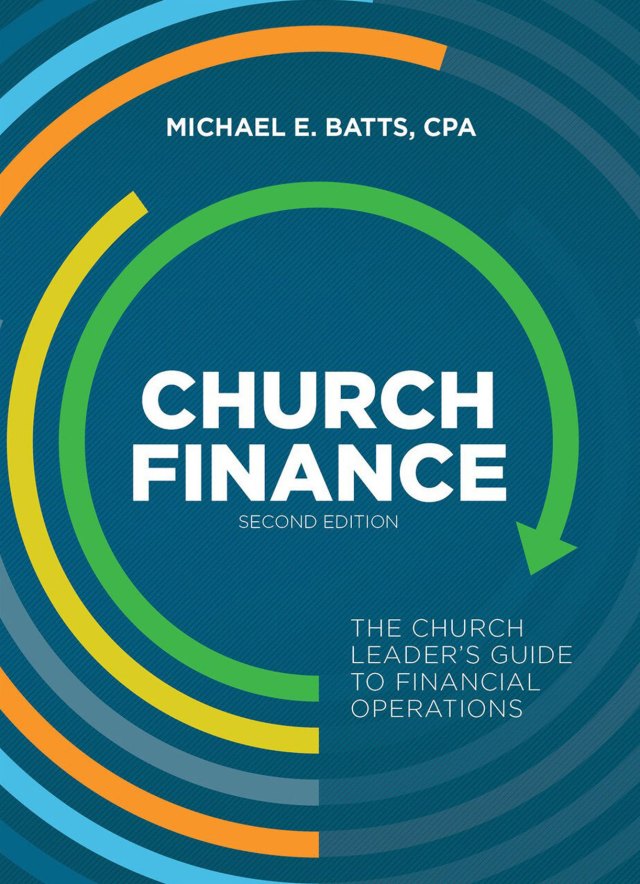Many churches struggle with how best to record their financial transactions. Even the smallest of churches should get past manually recording financial information. Technology can speed things up and improve accuracy.
There are dozens of software packages, but many have more features than your church may need, can be difficult to use without extensive training, and are often quite expensive. If you want a basic, easy-to-use package at a reasonable price, you may settle on QuickBooks.
Some accountants cringe at the name QuickBooks. However, I believe that if you are aware of the possible shortcomings and create a couple of good processes, you can use this software package successfully within your church.
Six tips for QuickBooks success
Go “Pro.”
I recommend getting the Pro version of QuickBooks. There is little cost difference and the ability to export reports to a spreadsheet can be very useful for identifying trends and informing leaders.
Maintain a simple chart of accounts.
Only set up accounts you need and only add ones as you find it necessary. If you have used the program for a while, consider whether you should delete or merge any accounts.
Use class tracking for departmental and restricted activity.
This will minimize the number of revenue and expense accounts required and allow you to generate financial statements for individual ministry leaders and provide a good method for tracking donor-restricted activity.
Set a monthly closing date.
This helps prevent errors and minimizes the concerns some accountants have with the ability to change transactions easily in QuickBooks. It is not a fail-safe control, but it is helpful. Bank reconciliations are easily performed in QuickBooks. Setting the closing date should be done each month once the reconciliations are complete. To increase security, also use the password feature.
Turn on the audit trail.
A QuickBooks report can provide necessary information if you ever need to determine how a transaction was changed or which user performed a certain action. This helps bolster financial accountability.
Manage each new year well.
This is my favorite tip. Create a new income account called “Beginning Balance” (or something else recognizable). It allows you to carry over ending balances to the next year. You can record an entry as of January 1 each year crediting this income account for each class that has a balance to carry forward. The offsetting debit is also to this account, but in a class such as general, operations, or administration. The result is a net $0 on the profit and loss, but it shows the beginning balance at the top of the revenue section for each profit and loss by class, resulting in a true ending balance throughout the year. This is just a once-a-year entry, with no reversal required.
Remember, QuickBooks is a general ledger package. I believe it works best when that is all it is used for. You may consider a donor software solution or a church data management program to use in conjunction with QuickBooks.
Please be aware that I am neither endorsing nor encouraging the use of a particular program. I simply recognize the need for a low-cost, high-functioning option and many ministries may use QuickBooks to meet that need.





